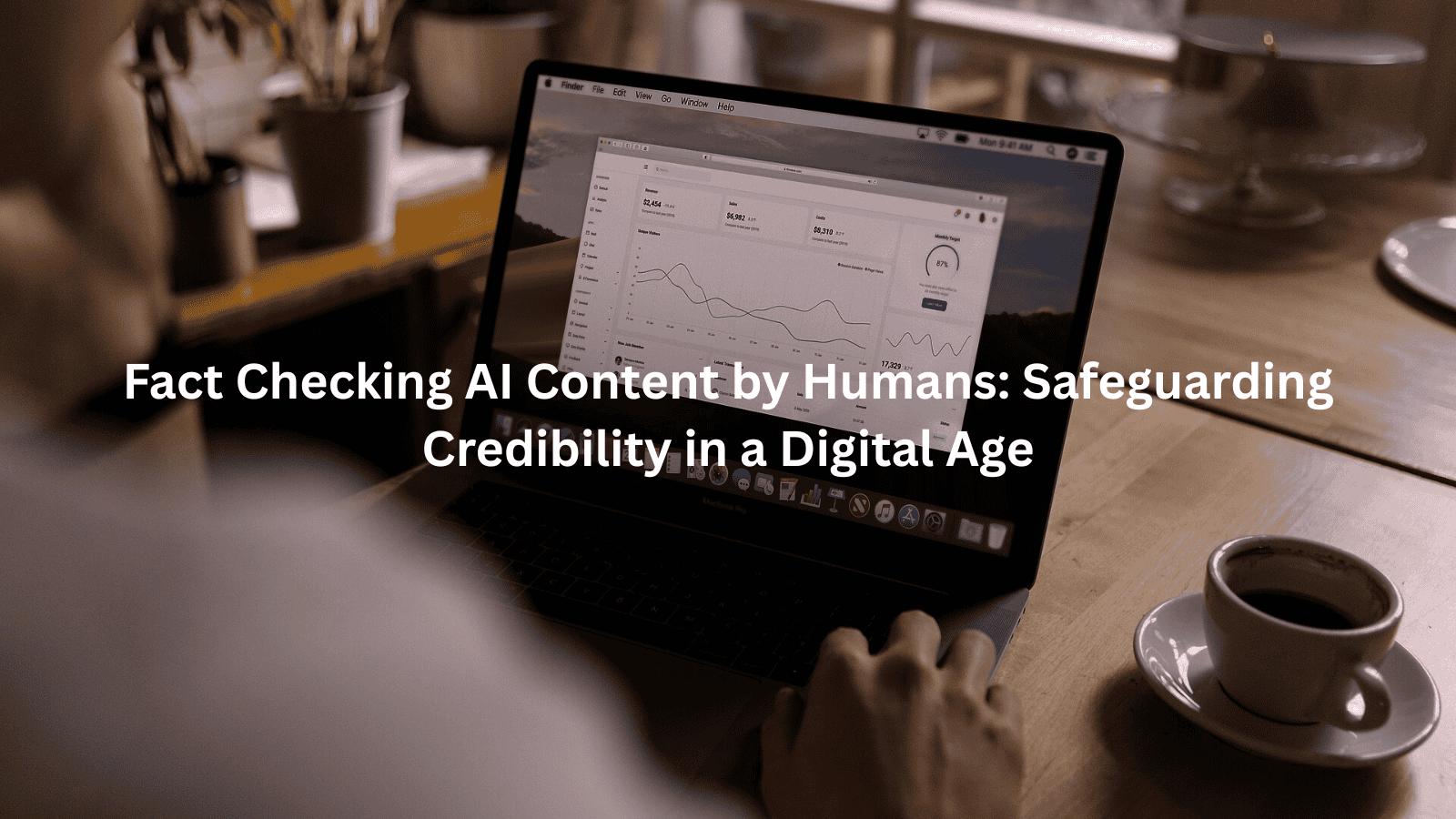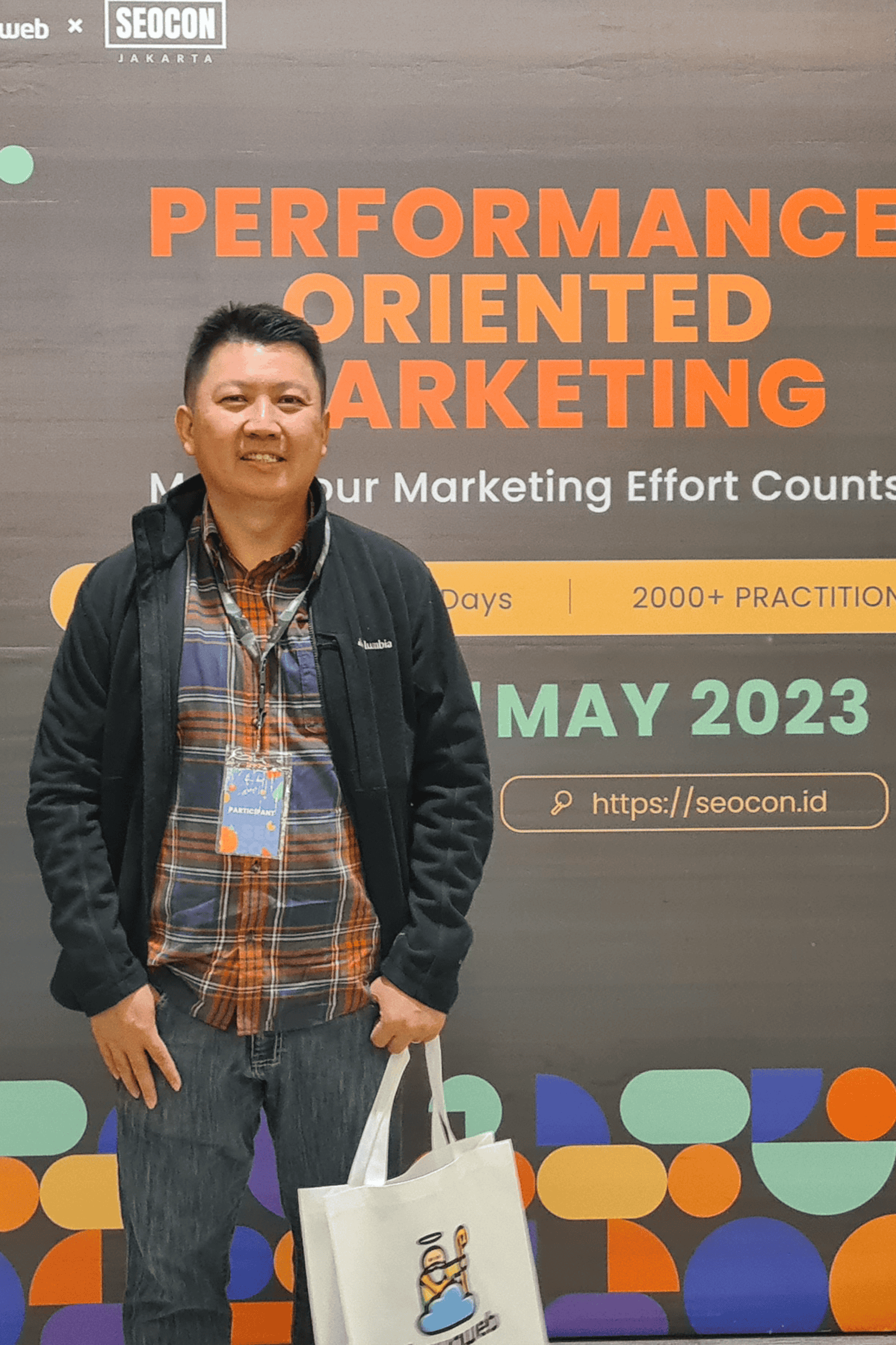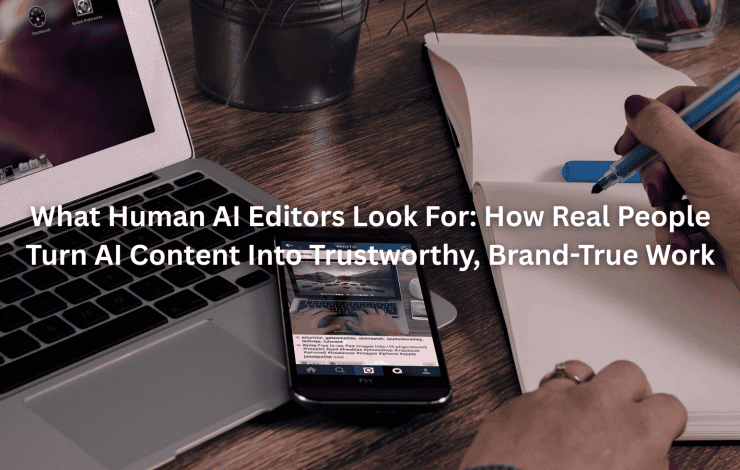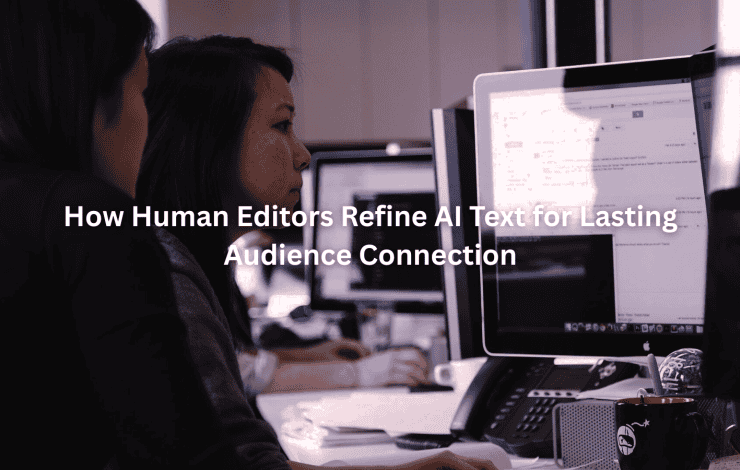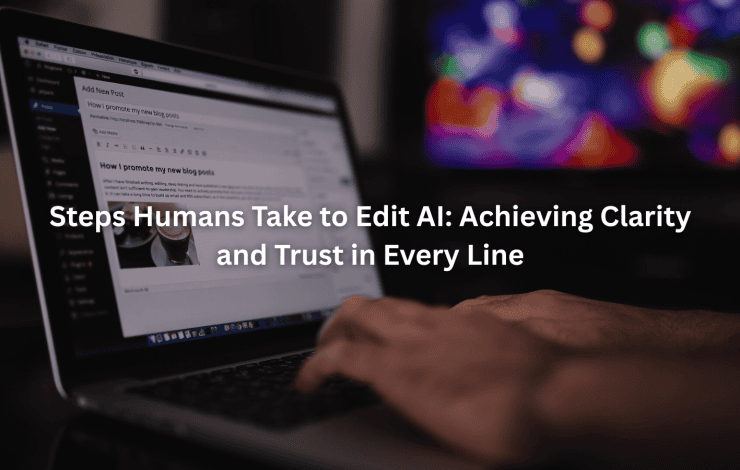Use a sharp eye and a skeptical mind, AI content needs our scrutiny more than ever. We have seen AI churn out convincing text, but it stumbles over facts, context, and nuance. By cross-checking claims, digging into sources, and spotting subtle errors or bias, we keep information honest and useful. Fact checking AI content by humans is not just best practice, it’s essential for credibility.
Key Takeaways
- Human fact-checking of AI content prevents misinformation, bias, and errors from reaching readers.
- Trustworthy verification blends careful manual review with digital tools and subject expertise.
- Companies like Jet Digital Pro lead by combining AI efficiency with human quality control for reliable, scalable content.
Understanding the Necessity of Human Fact-Checking AI Content
Sometimes, watching an AI write is like watching a river flow. The words come fast, smooth, and full of promise. But when we look closer, facts can float past half-formed or completely imagined. We have worked with AI-generated text and caught glaring mistakes, wrong dates, invented names, statistics that didn’t add up. It’s not that AI “lies” on purpose. It just doesn’t know. It predicts what comes next, based on its training, not on fact.
Our team at Jet Digital Pro has seen how easy it is for these “hallucinations” to slip into finished work. Sometimes the AI repeats outdated news or misquotes a source. This can hurt a brand’s credibility and mislead readers, especially online where misinformation spreads faster than truth. One wrong statistic in a blog post, and suddenly, dozens of sites echo the error.
We have to ask: Is the text believable? Does it match reality? That’s where fact-checking comes in. We see the consequences when it’s skipped. A client’s reputation on the line, or an important issue misrepresented. This is why human fact-checking AI content is more than a chore, it’s a necessary safeguard.
Human Fact-Checking Workflow for AI-Generated Content
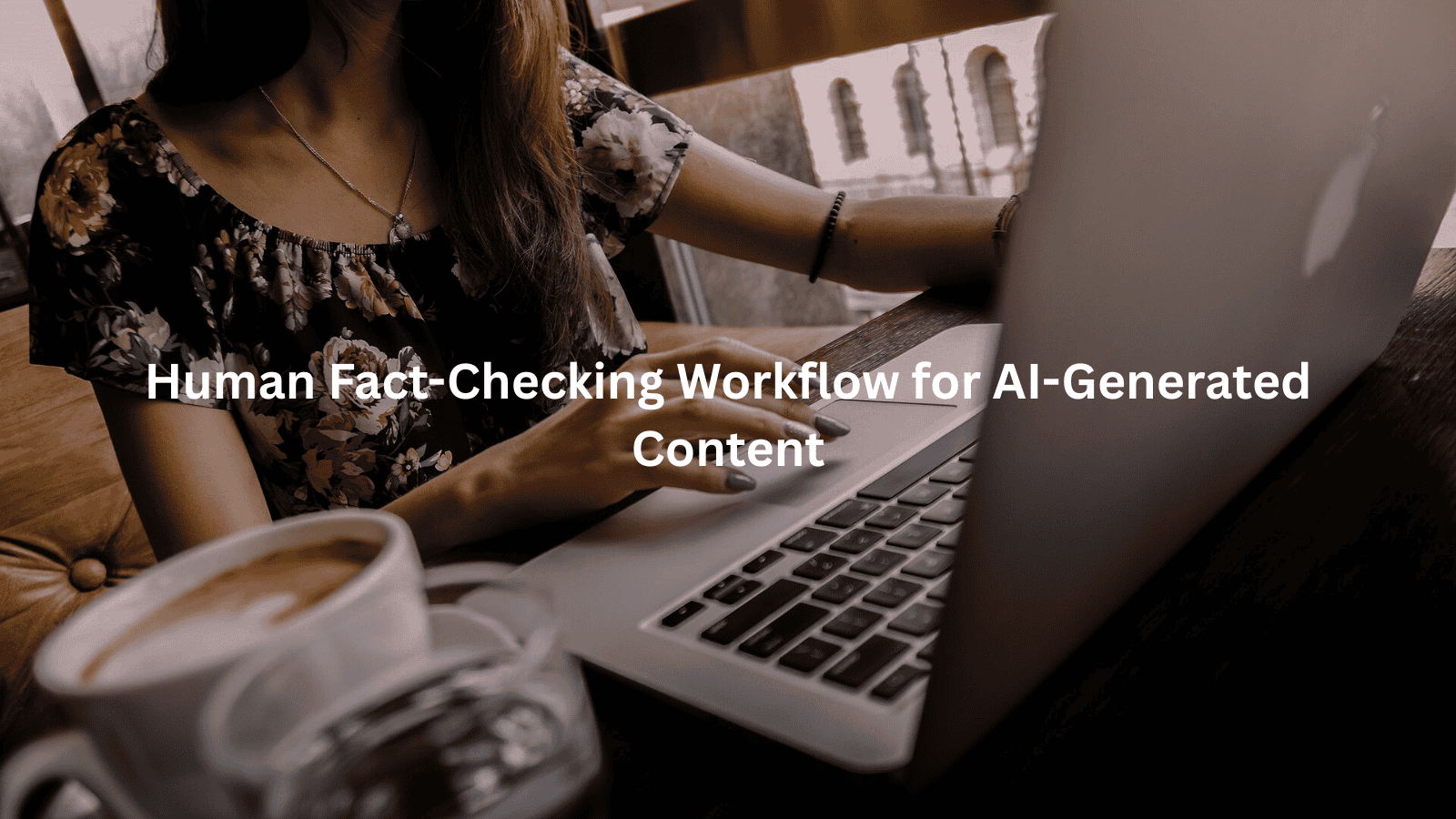
Fact-checking AI content is not just hunting typos or grammar slips. It’s a workflow we’ve refined through trial and error.
First, we extract and flag key claims. Names, numbers, dates, and any bold statements get pulled out. We separate opinions from facts. Claims like “company X was founded in 2012” or “Y percent of people prefer Z” are checked. Opinions can stay, but facts need proof.
Next, we cross-reference claims with reliable sources. We use academic databases, government sites, and trusted news outlets. Fact-checking platforms help, but we don’t rely on one source. If a claim is everywhere but never from a reputable site, we get suspicious.
We check if citations exist. If the AI provides references, we click through and verify. Often, we find the source doesn’t say what the AI claimed. If there’s no citation, we search for evidence ourselves.
Then comes plausibility. Even if a fact is sourced, does it make sense? We look at context. Sometimes an AI will quote a study, but twist its meaning. We ask, “Does this fit with what’s known?”
Bias and inconsistency checks follow. Odd language or improbable stats raise red flags. We use our experience to spot when something just doesn’t feel right.
For complex topics, we consult experts. This might be an internal specialist or an outside contact. Their insights catch mistakes we might miss.
We use tools for fact extraction and AI detection. These help find errors, but don’t replace our judgment.
Finally, we document what we did. We note down sources, corrections, and any doubts. This keeps the process transparent, and helps if questions come up later.
Enhancing AI Content Reliability through Verification Techniques
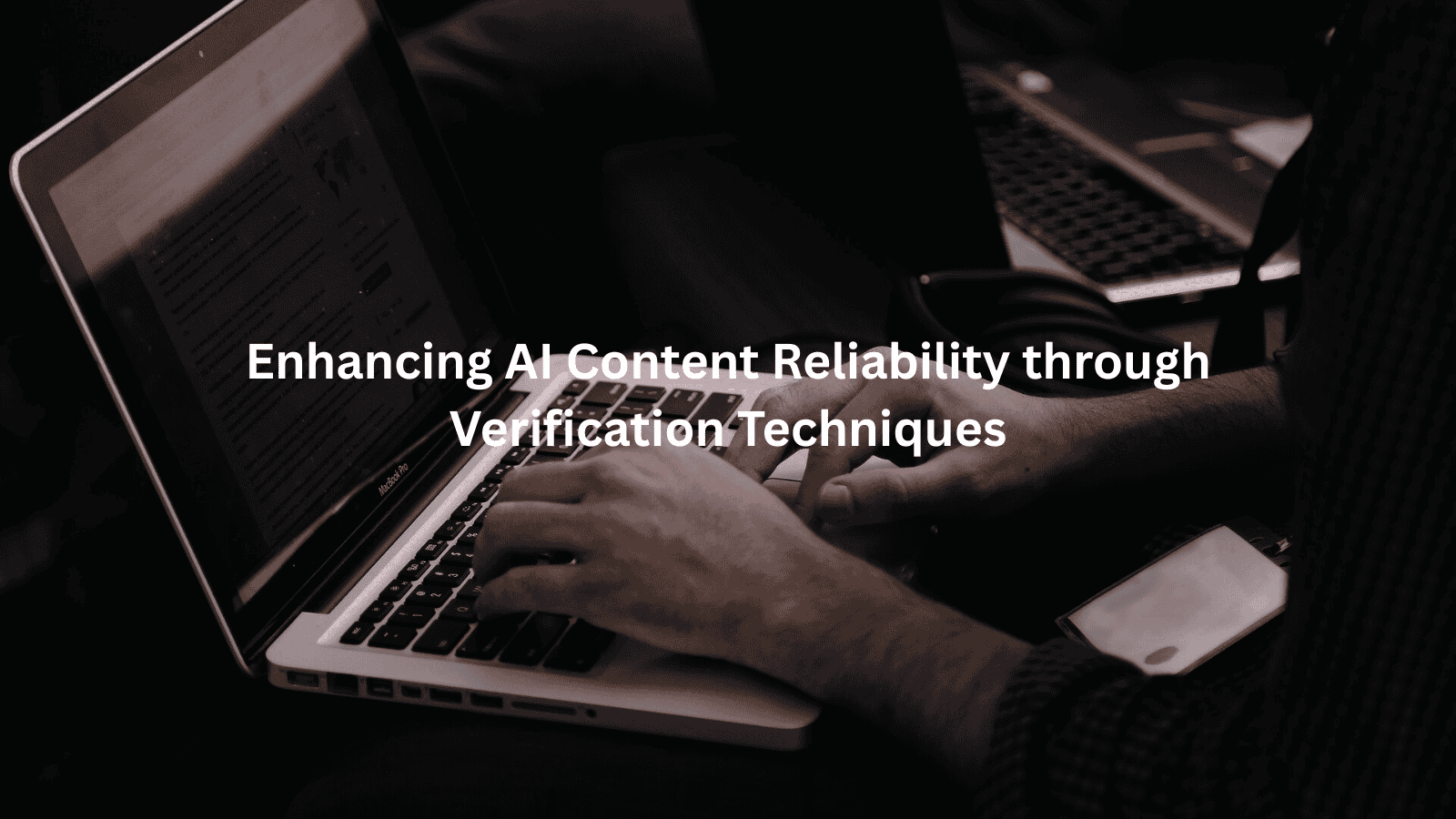
Reliability in AI content doesn’t happen by accident. We use a mix of structured and flexible verification methods.
We start with fact extraction. Every claim that can be checked is highlighted. We use templates to tag names, dates, organizations, percentages, and direct quotes.
For each claim, we follow a stepwise process:
- Search for matching data in top-tier sources.
- Compare numbers and context.
- If we find conflicting reports, we dig deeper, sometimes reaching out to experts.
Tracing AI content sources is key. Sometimes an AI will reference a report, but the original data is missing or altered. We chase these trails back to the start. If we can’t verify the origin, we flag the claim.
Spotting AI hallucinations takes practice. We look for:
- Overly precise or outlandish statistics.
- Events that never happened.
- Quotes that don’t appear elsewhere.
We run suspicious claims through statistical and contextual checks. If a statement seems odd, we compare it to what’s typical in the field.
Bias is another issue. AI can reflect bias present in its training data. We look for slanted language, or data that seems chosen to push a view. When data conflicts, we cross-reference, not just for accuracy, but for balance.
We use frameworks to keep the process consistent. At Jet Digital Pro, we have checklists for each content type. This helps us catch errors before content goes to clients.
Applications and Challenges in Human Fact-Checking AI Content
Fact-checking is not reserved for academic papers. We use it daily on everything from social media to product reviews. [ 1 ]
Social media posts often demand fast turnarounds. False claims spread quickly, so urgent fact-checking is needed. We prioritize high-impact or viral content.
AI-generated articles and summaries can look polished but often miss context or get facts wrong. We review these line by line, especially for complex topics.
Product and business reviews are tricky. A glowing review might be AI-generated, with details that don’t match reality. We check for real user experiences and cross-reference details.
Are You a Digital Agency?
White Label SEO Content Services for Agencies
Scalable, customizable, and results-driven content solutions for your clients.
Our biggest challenge is volume. AI can produce more content than we can check in real time. We use triage, urgent or high-traffic pieces get the most attention.
Ambiguity and lack of citations slow us down. Sometimes, the AI paraphrases facts without direct quotes or links. We spend extra time tracing these.
We follow best practices. We have protocols for each type of content and balance tools with our own review. We also allow for some automation, but always keep human oversight at the center.
With Jet Digital Pro, we find this approach delivers content that meets both speed and quality demands. Our clients know we won’t let errors slip through.
Practical Advice for Fact Checking AI Content by Humans
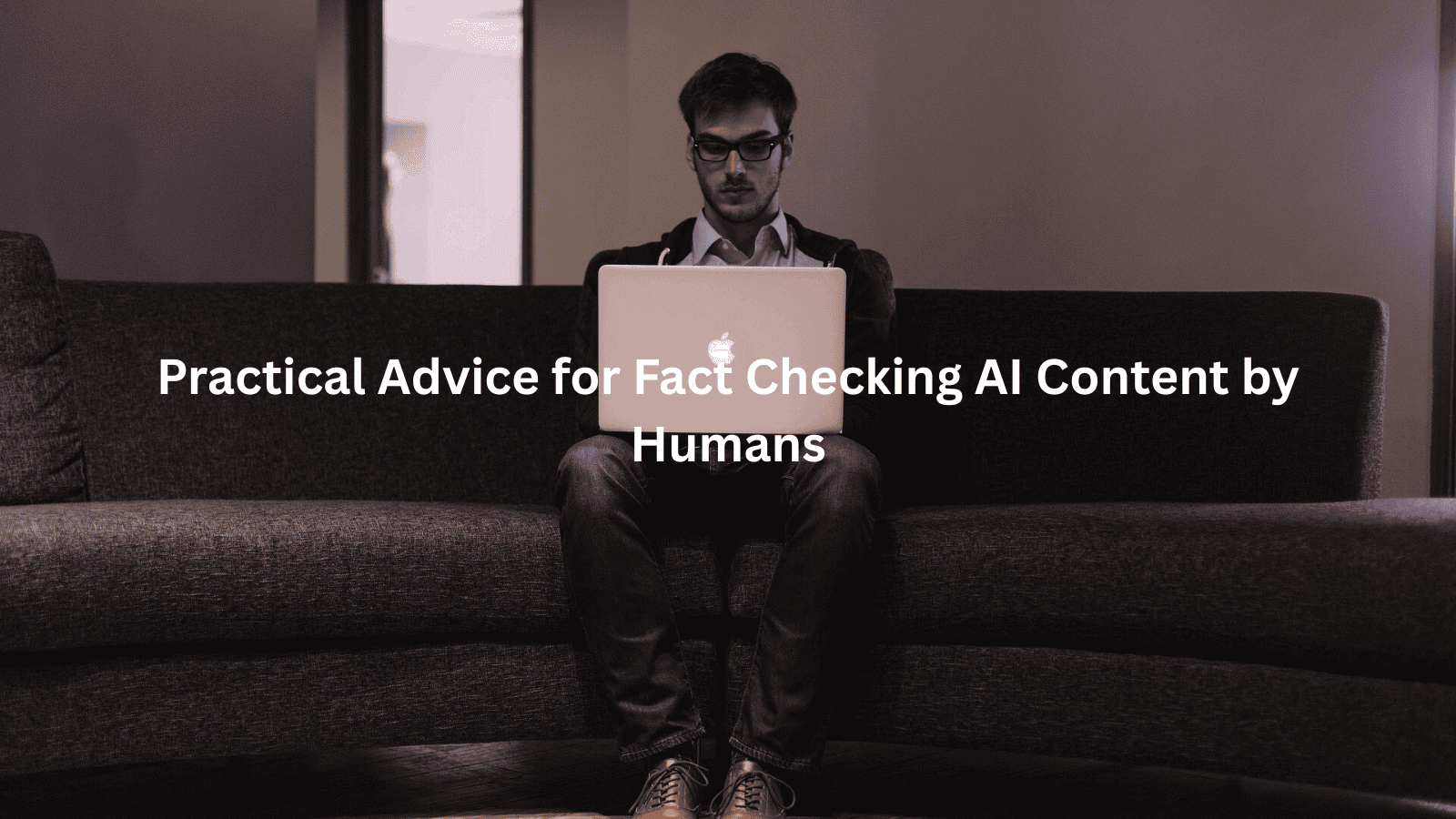
If you deal with AI-generated text, here’s what we’ve alearned firsthand:
- Always assume AI can be wrong, even when it sounds confident.
- Extract every checkable claim before you start verification.
- Use multiple sources, not just one, and favor those with track records for accuracy.
- Cross-check statistics and dates with original studies or official data.
- Flag anything that seems odd or out of place, and seek a second opinion from subject experts if needed.
- Document your process. Transparency builds trust with your clients or readers.
- Don’t be afraid to reject content that can’t be verified. [ 2 ]
At Jet Digital Pro, this is how we keep our content reliable, scalable, and trusted. We blend human judgment with smart tools, and always double-check anything that matters. It’s not glamorous. But it works. And it keeps the facts straight, which is what matters most.
FAQ
How do humans spot subtle errors that AI-generated text often makes?
Humans notice the small details AI misses. We see when a date feels off or a statistic seems too neat. AI might mix up similar-sounding names or use numbers out of context. By comparing claims to what we already know, checking original sources, and using common sense, we catch mix-ups that automated tools usually overlook.
Why do AI-generated articles sometimes include sources that don’t exist?
AI creates text by predicting what sounds right, not by checking real sources. Sometimes it invents books, articles, or studies that fit the pattern of a citation but don’t actually exist. Human fact-checkers spot these fakes by searching for the original source. If nothing turns up, we know the AI made it up, and we flag or remove it.
What’s the biggest challenge when fact-checking long-form AI-generated reports?
Need a Strategic SEO Content Partner?
Let’s craft SEO content that ranks, converts, and grows your brand.
Talk to UsLong reports mean more claims and more places for mistakes to hide. Tracking every number, date, or named source can take hours. Sometimes the AI blends facts from different places, creating confusion. We break the text into sections, check each claim one by one, and use tools to help flag anything that seems unusual or inconsistent.
How do teams handle AI-generated content with no citations or references?
When AI gives us content without sources, we have to do extra work. We look up each claim independently, searching official websites, academic journals, or trusted news outlets. If we can’t find support for a claim, we question its accuracy. Sometimes, we have to rewrite or remove whole sections if they can’t be verified.
Can human fact-checking catch bias in AI-generated content?
Yes, but it takes awareness and experience. AI can repeat bias from its training data, sometimes using slanted language or one-sided examples. We read through the content with an eye for loaded words or missing viewpoints. When we sense bias, we adjust the tone, add balanced information, or ask a subject expert for advice before publishing.
Conclusion
We’ve seen firsthand that AI alone can’t guarantee accuracy. Even with impressive output, only human fact-checking can catch hallucinations, bias, or outdated data before they hurt your credibility. At Jet Digital Pro, we blend smart AI tools with a rigorous 11-step human editing process to ensure every fact is sound and every claim is Google-resilient.
If your agency wants SEO content that’s truly trustworthy, never skip the human step, it’s still your best defense against misinformation. Ready for reliable, hands-off content growth? Talk to us today.
References
- https://techpoint.africa/insight/ai-fact-checker-misinformation/
- https://www.fastcompany.com/91350431/ai-fact-checker-newsrooms
Related Articles
- https://jetdigitalpro.com/why-human-ai-editor-is-better/
- https://jetdigitalpro.com/how-human-ai-content-editors-work/
- https://jetdigitalpro.com/ensuring-ai-content-originality-humanly/
P.S – Whenever you’re ready,
we’re here to help elevate your SEO content.
Partner with us for strategic, scalable content that drives real organic growth.
Contact Us Now
